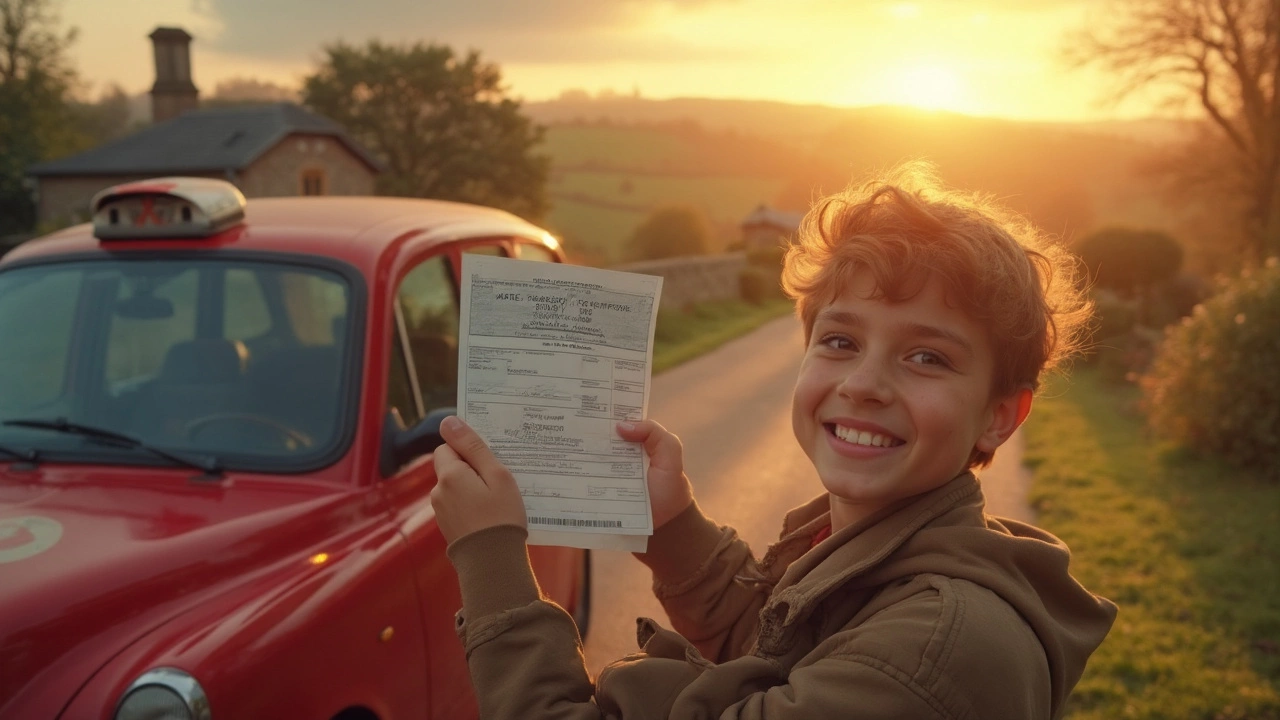Under 21 Driving Tips & Rules
If you’re under 21, the road can feel like a new world of rules, nerves, and opportunities. You’re not alone – most learners face the same questions about age limits, insurance costs, and building confidence behind the wheel. Below you’ll find the most practical advice you can start using today, plus the key legal points that apply to drivers under 21 in the UK.
Age‑Specific Legal Requirements
First things first: know what the law says about drivers under 21. In the UK, you can apply for a provisional licence at 15 years and 9 months, but you’ll need to be 17 to take the practical driving test. While you’re learning, you must always have a qualified driver seated next to you – usually someone over 21 with at least three years of clean driving experience.
Speed limits for new drivers are the same as for everyone else, but many insurance providers add extra “young driver” surcharges. That’s why it’s smart to keep a clean record from day one – even a single speeding ticket can raise your premium dramatically.
Another rule that often trips up under‑21 drivers is the zero‑alcohol limit for learner drivers. If you’re still on provisional licence, you must have a blood‑alcohol level of 0.00% whenever you’re behind the wheel. Being caught with any alcohol can lead to a fine, penalty points, and a possible ban.
Practical Advice for New Young Drivers
Now that the legal basics are clear, let’s talk about everyday habits that make a real difference. Start each drive with a quick pre‑trip check: mirrors, seat position, and that you’ve cleared any loose items from the footwell. It sounds simple, but a few seconds of preparation can prevent distractions later.
Practice makes perfect, but you don’t need to spend all your time on the road. Study the Highway Code on your phone during breaks, and use driving‑theory apps that give you instant feedback. The more familiar you are with road signs and markings, the less you’ll have to think about them during the actual test.
When you’re ready for the practical test, schedule it for a time of day when traffic is lighter – mid‑morning or early afternoon typically works best. A calmer environment lets you focus on the examiner’s instructions rather than fighting rush‑hour chaos.
Insurance is another big piece of the puzzle. Compare at least three quotes and ask if you can add a “named driver” who is over 25 and has a clean record. Many insurers lower rates when a mature driver shares the policy, and it also gives you a backup in case you need a replacement vehicle.
Finally, remember that confidence grows with experience, not after a single perfect drive. Keep a log of the routes you’ve mastered and the ones that still feel shaky. Celebrate small wins – a smooth lane change, a flawless parallel park – and use any mistakes as learning points rather than setbacks.
Being under 21 doesn’t mean you’re at a disadvantage; it means you have time to build solid habits that will serve you for decades. Follow the legal guidelines, practice deliberately, and stay proactive about insurance and safety. Before you know it, you’ll be cruising with confidence, no matter the road ahead.
- March 20 2025
- 0 Comments
- Rowan Cavendish
How to Get a Provisional Driver's License in Maryland Before 21
In Maryland, navigating the process to get a provisional driver's license before turning 21 can be quite the journey. This article breaks down the steps, requirements, and some interesting tips to help young drivers hit the road. From understanding the timing of your learner’s permit to the ins and outs of taking the driving test, we’ve got it covered. We’ll also dive into some common hurdles and how to avoid them. Whether you're a teen or a parent, this guide aims to make the whole process smoother.
- Driving Lessons (41)
- HGV Training (31)
- Driving Test Tips (31)
- Driving Test Booking (26)
- Driving Licence Renewal (23)
- Driving Theory Test (21)
- Pass Plus Course (15)
- Driving Tips (15)
- Intensive Driving Course (15)
- Driver Licensing (14)
Categories
- December 2025 (12)
- November 2025 (13)
- October 2025 (21)
- September 2025 (5)
- August 2025 (8)
- July 2025 (30)
- June 2025 (30)
- May 2025 (30)
- April 2025 (31)
- March 2025 (30)
- February 2025 (28)
- January 2025 (34)
Archives
- driving lessons
- driving test
- driving tips
- intensive driving course
- driving test tips
- HGV training
- learn to drive
- driving theory test
- driver training
- driving test booking
- pass driving test
- HGV driving
- road safety
- driving license renewal
- Virginia driving test
- learner drivers
- safe driving
- Virginia driver's license
- driving license
- learning to drive

